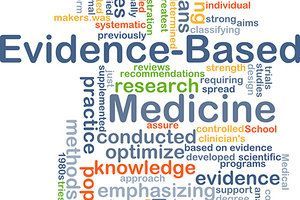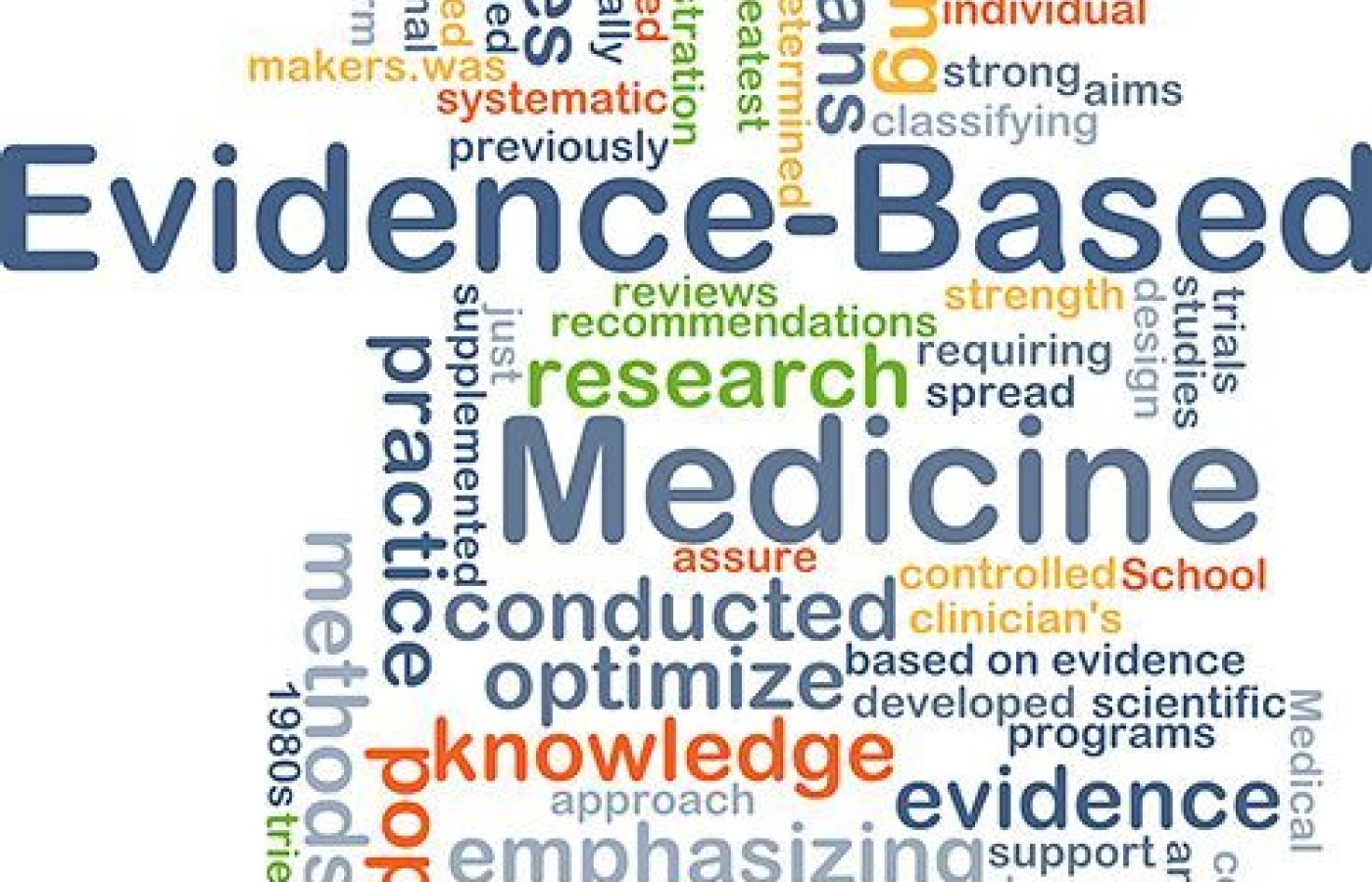Whether you accept it, avoid it or live somewhere in between, insurance coverage has become a defining issue for our profession. Patients increasingly expect to use their benefits, practitioners want to be compensated fairly for their time and expertise, and the system itself remains – at best – fragmented. The encouraging news is that coverage has expanded in meaningful ways. The challenging news is that reimbursement, across the board, remains inadequate.
Evidence-Based Medicine: What It Is and What It Isn't for Our Medicine
Editor's Note: This is the first article in a series on evidence-based medicine and its applications to acupuncture / TCM practitioners.
We must have heard about it at one time or another. Maybe we heard about it in passing in a casual conversation with a friend; or maybe a colleague mentioned it as we were walking down a long corridor talking about a case of liver stagnation or spleen qi deficiency.
Perhaps we either quickly dismissed the word or ran the other way because medicine was mentioned, and we vaguely remembered someone telling us we cannot use the word medicine. Why? Cannot remember. Not sure. Or was it during a research class as we were nodding off to the tune of our teacher's random thoughts about epidemiology, statistics or the inadequacies of the latest published systematic reviews?
For some time, we have been talking a great deal about or have heard a great deal about evidence-based medicine (EBM), perhaps without fully understanding or appreciating its content and historical background. Some of us have tacitly recognized or accepted that EBM seems to be the current "in" or go-to concept, and that we need to at least be able to talk about it in, hopefully, an intelligent way.

But then, what exactly is EBM and why do we need to know about it? Or do we? Why should we be concerned about what the rest of the world has been doing in the field of medical research for the past 50 years or so? We are too busy thinking about our patients, our families and ourselves. After all, isn't what we have learned from our school enough? Or is it?
These are some of the questions we would like to answer in this series of articles, hopefully in a language we can all understand and appreciate. In no small way, we are paying homage to the original architects of EBM with the title of our short essay, taken from David Sackett, et al's, succinct editorial, "Evidence-based Medicine: What It Is and What It Isn't," published in the British Medical Journal in 1996. David Sackett is heralded as the "Father of EBM." The BMJ is an influential and pioneering medical journal that has been advocating EBM. Sackett, et al.'s succinct work summarizes the key points of EBM.
EBM: Three Key Concepts
There are three key concepts in EBM. The first is basing health care decisions on evidence (data, quantifiable information). The second is the clinical experience and expertise of the practitioner. The third is taking patient values and circumstances into consideration. These three key concepts may not appear to be groundbreaking, but during Sackett's time, expert opinions, rather than best evidence, were considered essential.
Sackett, et al., discuss the first and second in plain language that is easy to digest in their 1996 work. You just have to pick up the publication and read it. It is readily available for all of us as a scanned copy of the original at PubMed Central (thank you, PubMed): https://www.ncbi.nlm.nih.gov/pmc/articles/PMC2349778/ or at https://www.ncbi.nlm.nih.gov/pmc/articles/PMC2349778/pdf/bmj00524-0009.pdf.
The subheading of the editorial, "It's About Integrating Individual Clinical Expertise and the Best External Evidence," summarizes two of the main ideas of EBM. According to Sackett, et al., "Good doctors use both individual clinical experience and the best available external evidence, and neither alone is enough." The third concept about patient values and circumstances was presented later in 2000. If you prefer a visual option, there is a fascinating oral history online resource available at https://ebm.jamanetwork.com/. The videos include interviews with foundational members, such as David Sackett and Drummond Rennie.
EBM In Simple Terms
We should understand that, first and foremost, evidence-based medicine is about the practice of medicine. The members of the pioneering EBM group were physicians, researchers and educators. The main concern for the group that became known as the Evidence-based Medicine Working Group at McMaster University in Canada was finding and providing the best health care options for their patients, who often came to them with complex, life-threatening conditions such as cardiovascular diseases.
EBM was and is how a practitioner should find the best means and options to treat patients. That is what we do every day as health care providers: We try to find the best treatment options for our patients.
EBM, then, is about making sound clinical decisions based on best evidence. Some of us may recall randomized, controlled trials, or RCTs, as being an essential part of EBM; but actually, Sackett, et al., state that EBM is not only about "randomised trials and meta-analyses," but about finding the best evidence and the best available tools to present the best clinical option for patients.
EBM is also about taking into account the experience of the practitioner, as that is instrumental in arriving at an accurate diagnosis. Finally, it is about integrating these two aspects and bringing the available information to a patient for the patient to make his/her decisions based on his/her values and beliefs. Ultimately, it is the patient who chooses the course of treatment based on information and options we provide.
So, EBM is really a collaboration or negotiation between evidence, clinical experience and patient values. They work hand in hand. EBM is not just about evidence. It is also about the practitioner and the patient. These three play an equally important role in making decisions about health care. Of course, the ultimate decision-maker is the patient.
Are We Already Practicing Evidence-Based Medicine?
These three triads are something all of us as health care providers, as well as our community members, practice in one way or another. While we may not always consider whether our options are based on best evidence or what that may mean for us, we try to find the best options for our patients.
We also constantly evaluate ourselves as practitioners, and assess our experience and knowledge on a regular basis. Since our medicine does not necessarily have prescribed treatment protocols for various conditions, we consider our experience and knowledge to be especially important. Hopefully, we have mentors and colleagues we can turn to for additional information or discussions.
Finally, our medicine focuses a great deal on the patient. We consider the physical, mental and spiritual well-being of our patients when we interview, diagnose and treat them. So, in many ways, we have already been participating in EBM.
Next Steps: What We Can Do
We believe that sharing what we know about EBM will only add to the practice of our medicine. It is possible for us to find ways to source best evidence. We certainly consider the background and our experience as practitioners constantly. We have been trained to focus on all aspects of balance or imbalance in our patients. There are ways we can talk about our medicine as it becomes more and more integrated into mainstream. By now, it is actually mandatory that we do. We just need to find a few resources to study and reflect. This essay is a short, humble exploration of supporting the possibility of integration.
References
- Sackett D, et al. Evidence based medicine: what it is and what it isn't. BMJ, January 1996;312:72.
- Guyatt GH, et al. Users' guides to the medical literature: XXV. Evidence-based medicine: principles for applying the users' guides to patient care. JAMA, 2000;284(10):1290-1296. See also: Kelly MP, et al. The importance of values in evidence-based medicine. BMC Medical Ethics, 2015;16:69.
- Sackett D, et al., Op Cit.



